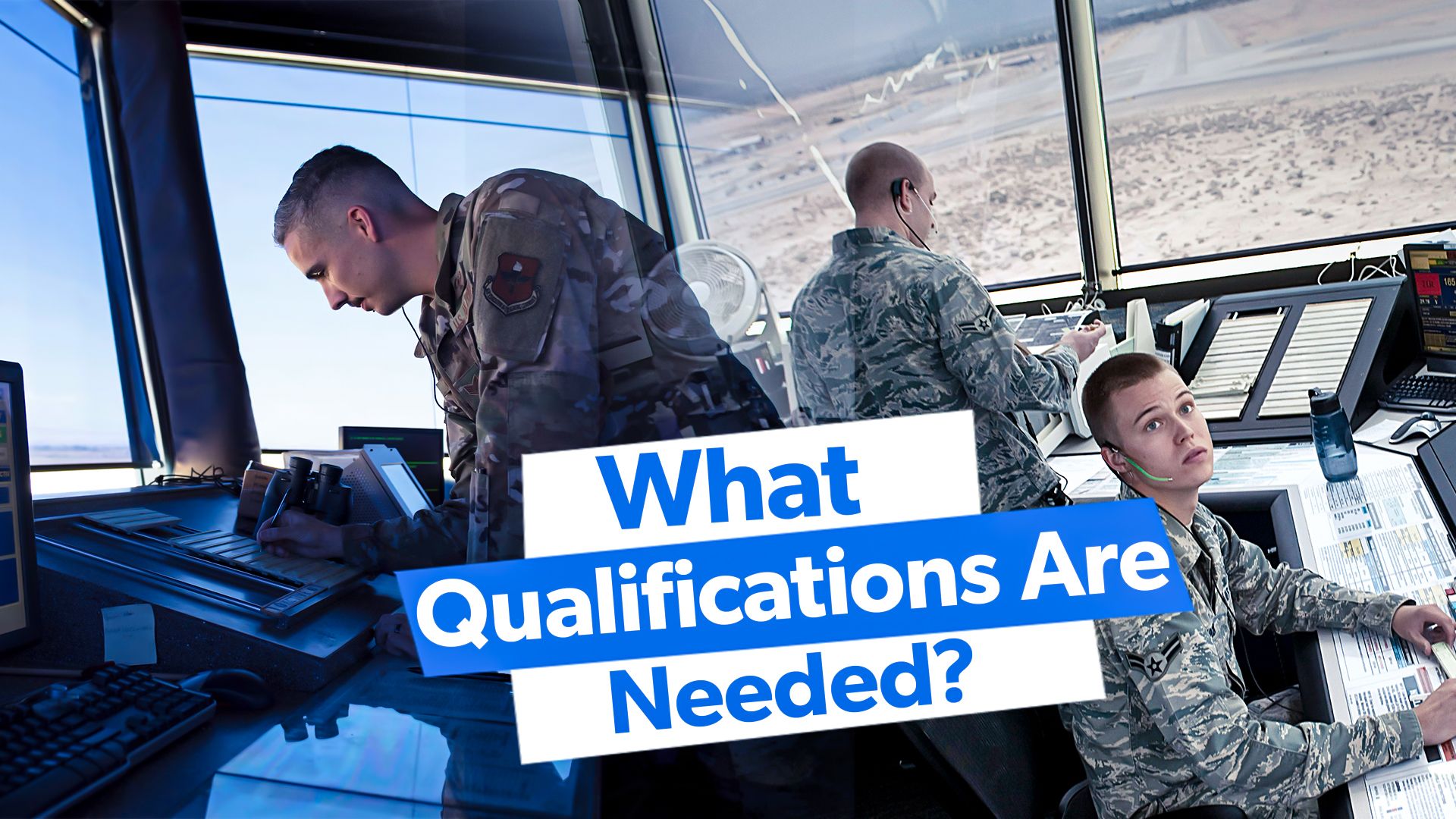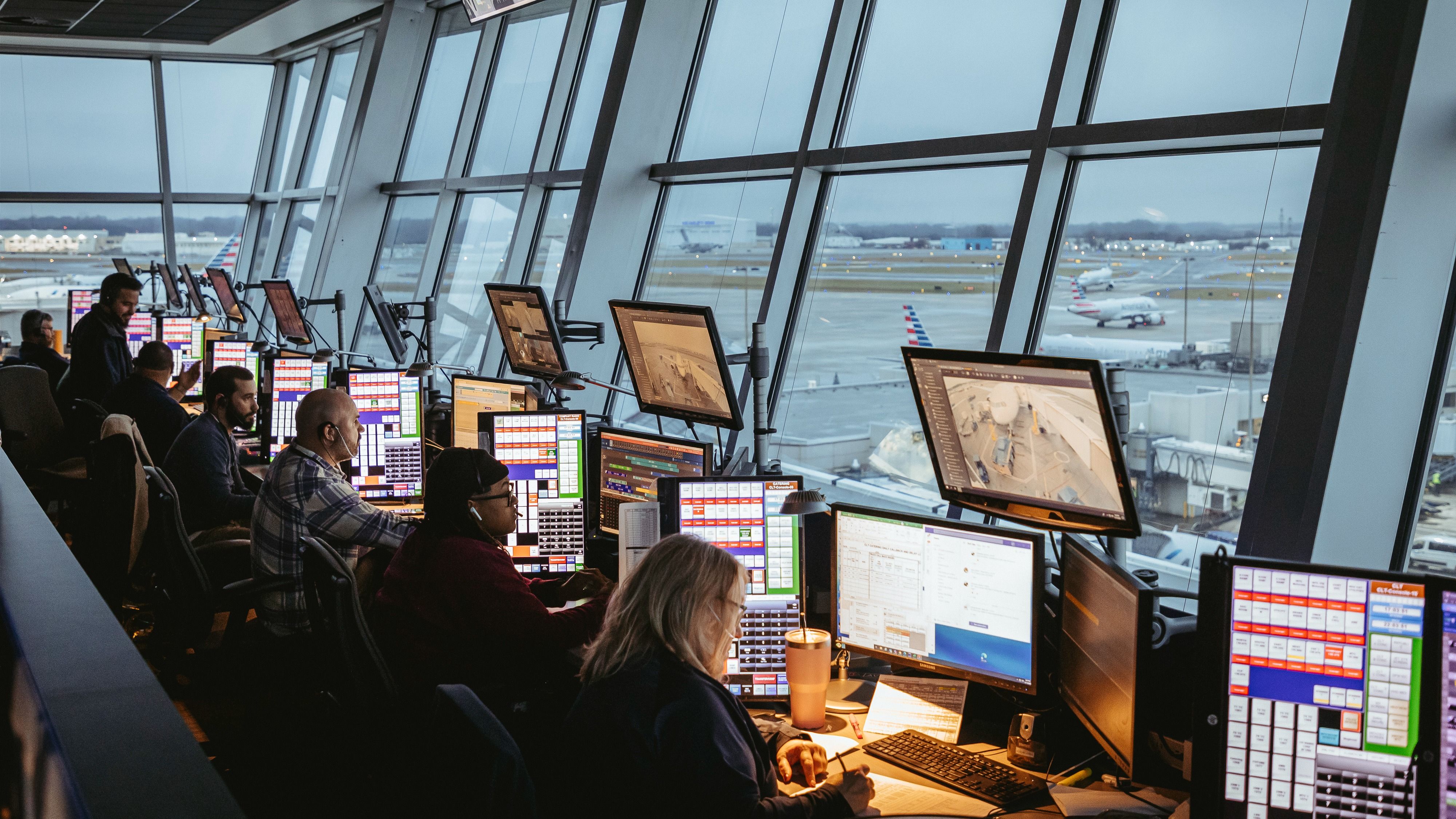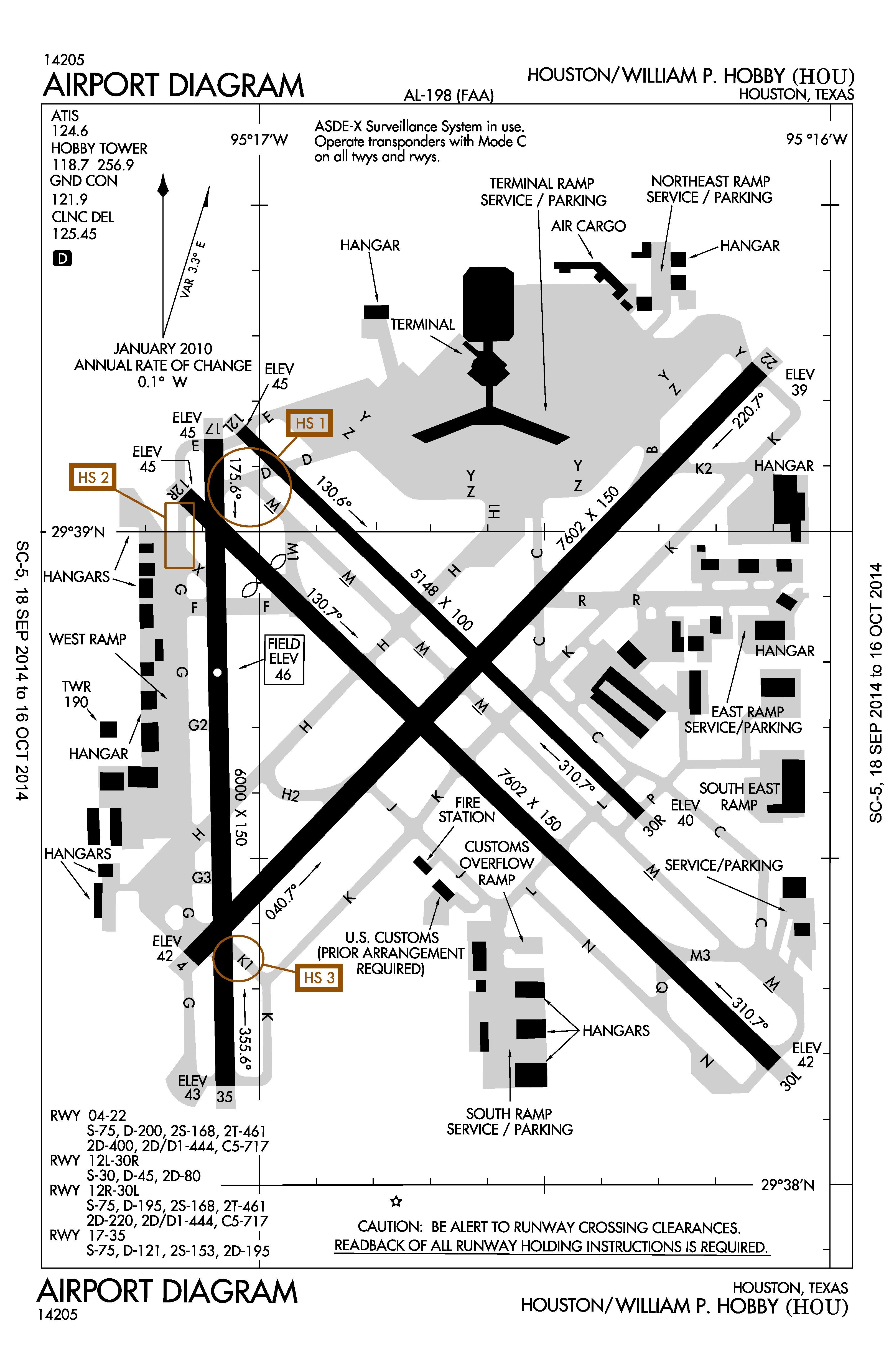Summary
- Air traffic controllers guide aircraft safety from gate to sky, influencing pilot decisions.
- Intense focus, critical thinking, and teamwork are crucial for controllers to manage immense tasks.
- Training programs vary by country, emphasizing rigorous assessments and specialized skills.
Air traffic controllers are highly specialized individuals who undergo tough and scrutiny training to keep the skies and tarmacs safe. They manage the flow of aircraft in and out of airports and in the air, overseeing the entire flight path of planes. Given the high stakes involved in this career, many aspiring air traffic controllers wonder if a university degree is necessary to enter the field. There is a lot to know about the application process.
Photo: American Airlines
When an aircraft enters the country or airport airspace, air traffic controllers guide the aircraft to the gate in a safe and well-communicated demeanor.
And vice versa from when the aircraft leaves the gate until it leaves the country’s airspace. This role is not for the faint of heart because failure to comply with its requirements can have disastrous consequences.
The role of an air traffic controller
Air traffic controllers have immense responsibilities. Not only are they responsible for issuing landing and takeoff instructions to pilots, but they also manage the movement of aircraft on the ground and in the air and provide critical weather information and other updates that pilots need to know during a flight.
Their job requires intense concentration, managing stress, excellent problem-solving skills, clear communication, and pristine teamwork abilities.
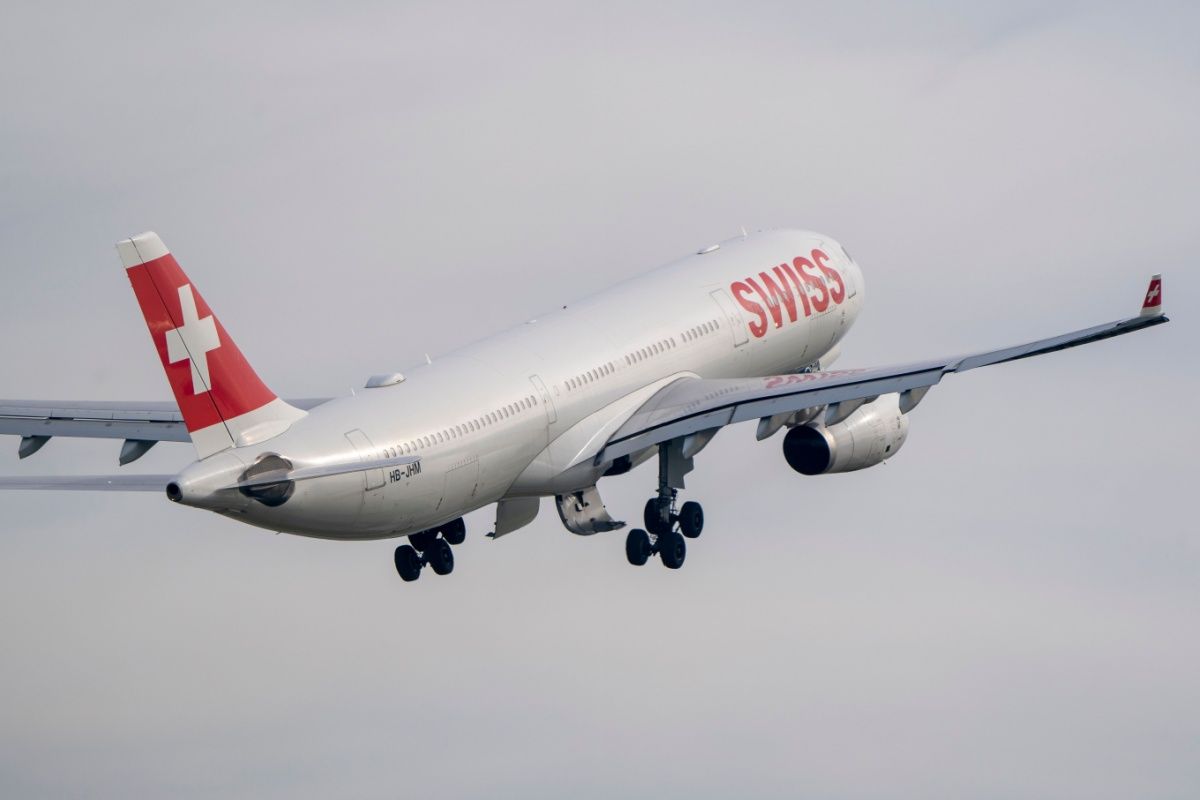
Related
SWISS Near-Miss At JFK Airport After ATC Clears 3 Other Aircraft To Cross Runway
Flight LX-17 aborted takeoff seeing three other aircraft crossing the runway after being cleared for takeoff.
Educational requirements
In many countries, including the United Kingdom and the United States, you do not need a university degree to become an air traffic controller.
The path to becoming one involves rigorous training and certification processes, which vary significantly from country to country. However, regardless of the country, the selection criteria are still stringent as the role demands responsibility for people’s lives.
For example, let’s examine the differences between the United Kingdom and the United States.
In the United Kingdom
The main body responsible for air traffic control is the National Air Traffic Service (NATS), which is regulated by the CAA (Civil Aviation Authority) is obliged to.
According to Prospects, to become an air traffic controller through NATS, candidates must pass the NATS-administered assessments and complete a comprehensive training course at the NATS training center.
Prospective controllers do not necessarily need a university degree but must have at least five GCSEs in grades A to C, including English, mathematics, and physics. A-levels or equivalent-level qualifications are also advantageous but optional.
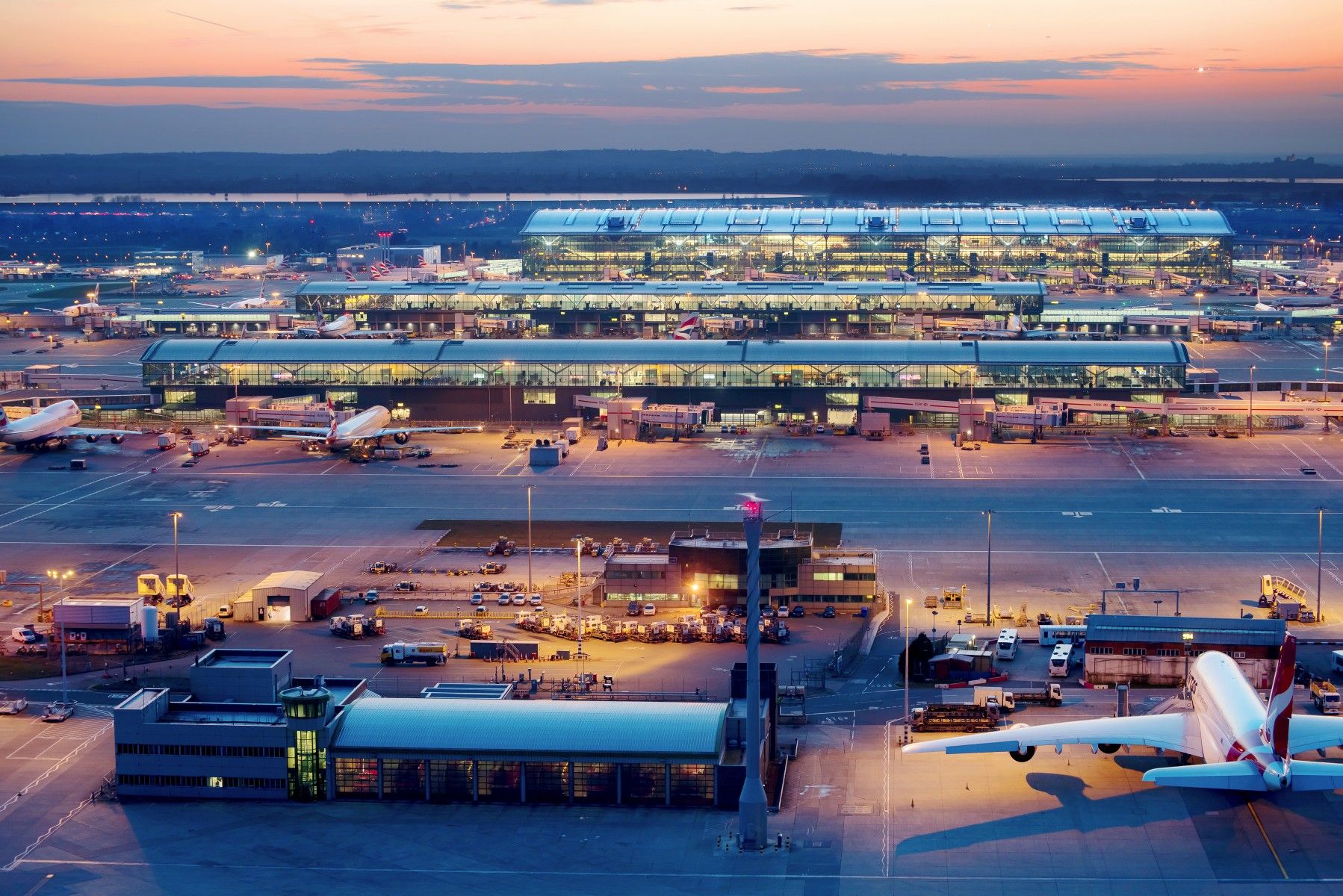
Related
The UK CAA Is Now Investigating The NATS ATC Blackout
The review committee is working closely with NATS to investigate the matter.
What about the United States?
The FAA (Federal Aviation Administration) oversees the certification of air traffic controllers. Applicants must have three years of progressively responsible work experience, a combination of secondary education and work experience amounting to three years, and, unlike in the United Kingdom, a bachelor’s degree.
According to BLS.gov, they must pass the FAA’s Air Traffic Standardized Aptitude Test, complete an FAA training course, and be under 31 years old when applying.
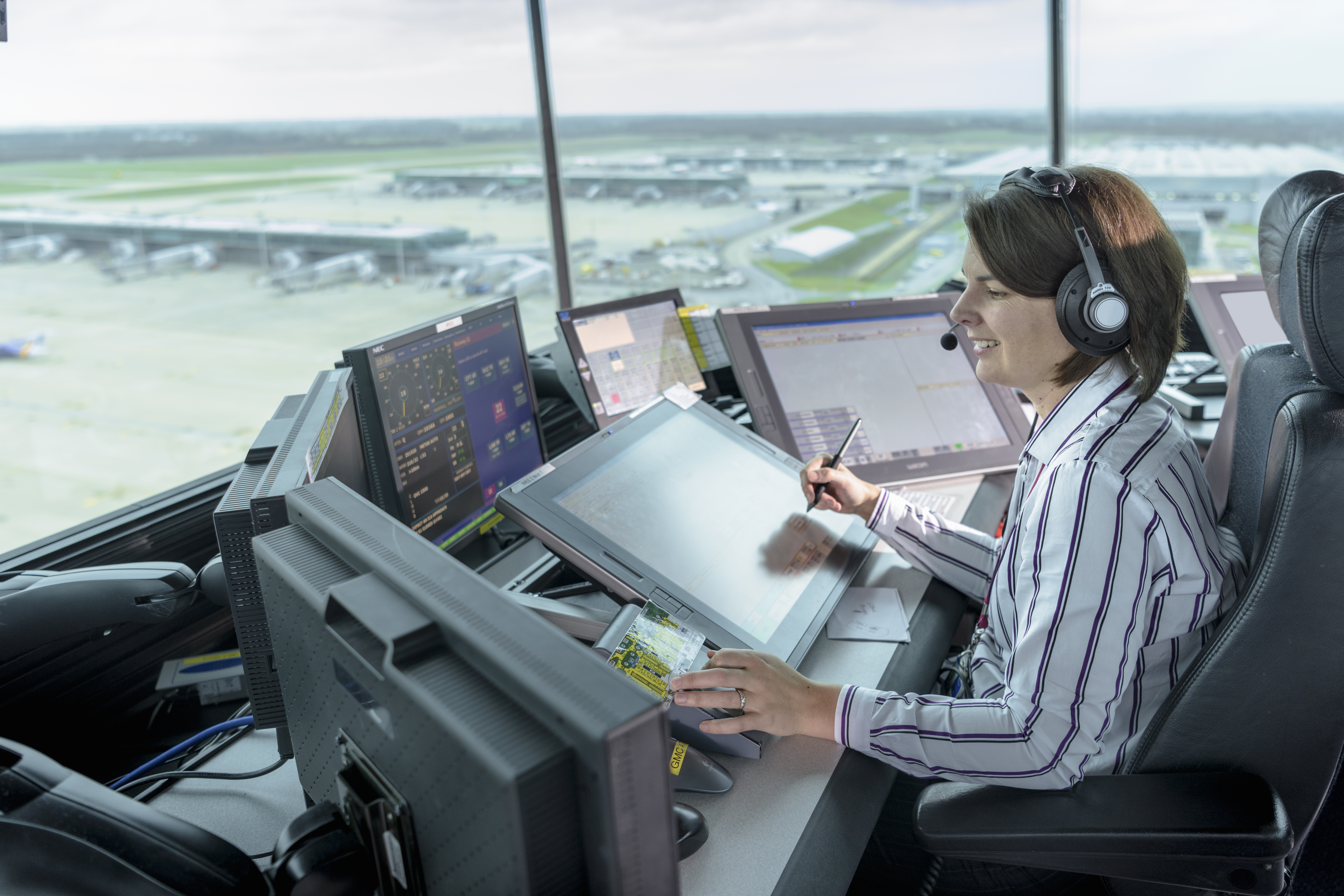
Related
FAA Launches Enhanced Training Program To Catalyze ATC Recruitment
The regulatory body is working to authorize schools to help speed up the process of training and recruitment.
Air traffic controller training is intensive. In the US, for example, after passing initial assessments, trainees undergo a rigorous training program that includes theoretical and practical components.
They learn the basics of aviation, navigation, and specific air traffic control procedures. This training is mandatory regardless of the trainee’s educational background.
In the US, candidates who meet the educational and experience requirements must attend the FAA Academy, where they receive specialized training in air traffic control. In the United States, the training depends on the candidate’s previous education and experience but typically lasts several months. Recently, the FAA was scrutinized for being ”too selective” about their applicants.
Remote and virtual towers (RVT)
It’s important to note that not all air traffic controllers are based directly at the airport. For example, remote and virtual Tower (RVT) technology allows air traffic controllers to operate from a location separate from the local airport’s control tower.
These controllers can still deliver complete air traffic control services using displays featuring live video feeds, synthetic images derived from surveillance sensor data, or a combination.
Skills and attributes required
While a degree might not be required, the role of an air traffic controller demands a high level of aptitude in several areas, including:
|
Skill Category |
Skill Description |
|---|---|
|
Analytical Skills |
The ability to analyze situations quickly and make effective decisions under pressure. |
|
Communication Skills |
Clear, concise communication is crucial, as controllers must relay critical information to pilots and coordinate with other controllers. |
|
Attention to Detail |
Controllers must monitor numerous flights, keeping track of their positions, weather conditions, and other variables. |
Cleared for takeoff
Continued education and training are essential as aviation technology and regulations constantly evolve. Controllers must stay updated with these changes to maintain their certifications and ensure safety in aviation.
To sum up, a university degree is optional to become an air traffic controller. The critical entry requirements include passing rigorous assessments, completing specialized training, and possessing specific personal attributes and skills. However, educational qualifications such as a degree can be beneficial and provide a competitive edge in the selection process or in pursuing career advancement opportunities.
Commitment and skill development determine the pathway to becoming an air traffic controller. This ensures that each controller is equipped to manage the complex and dynamic air traffic control environment.

